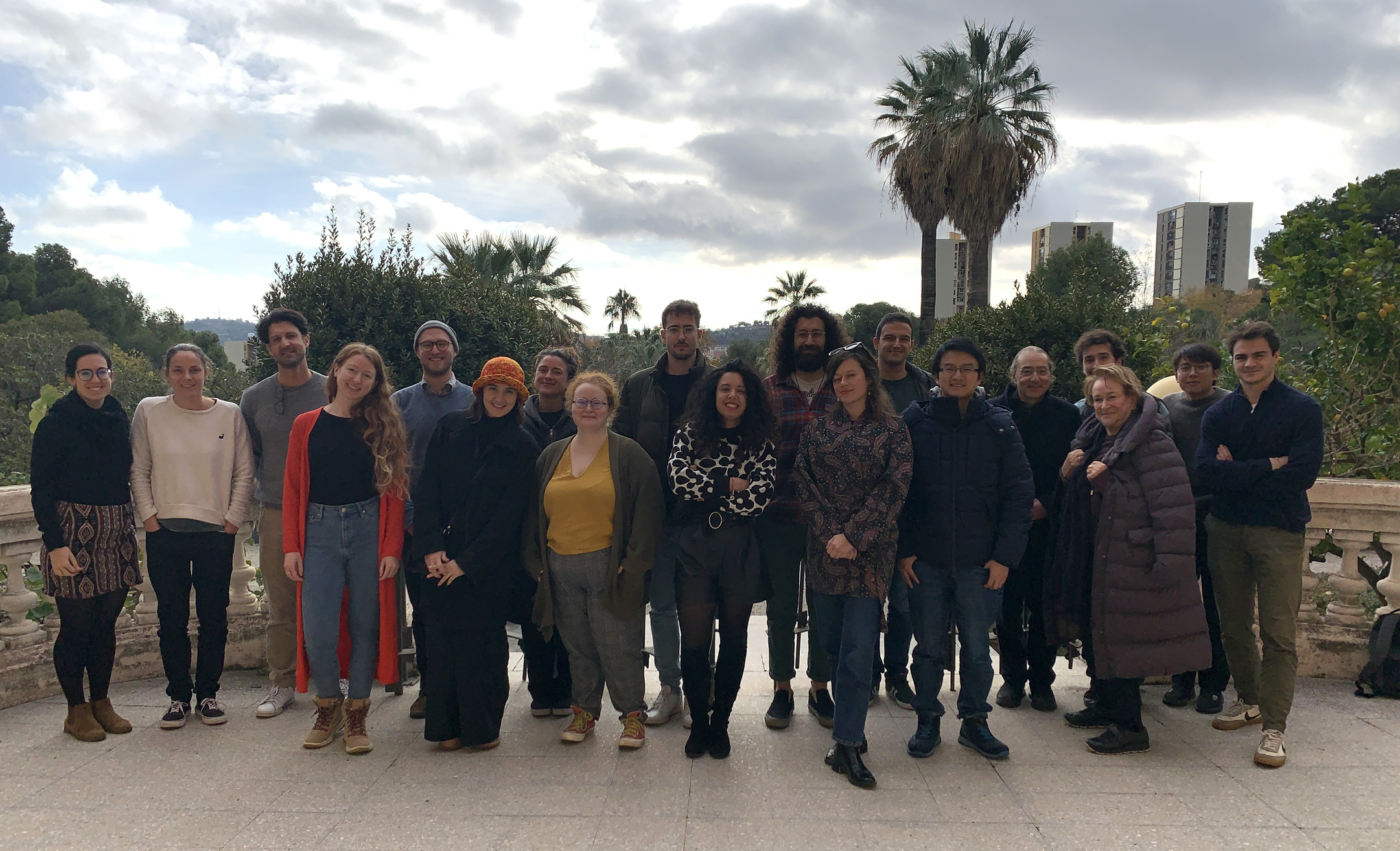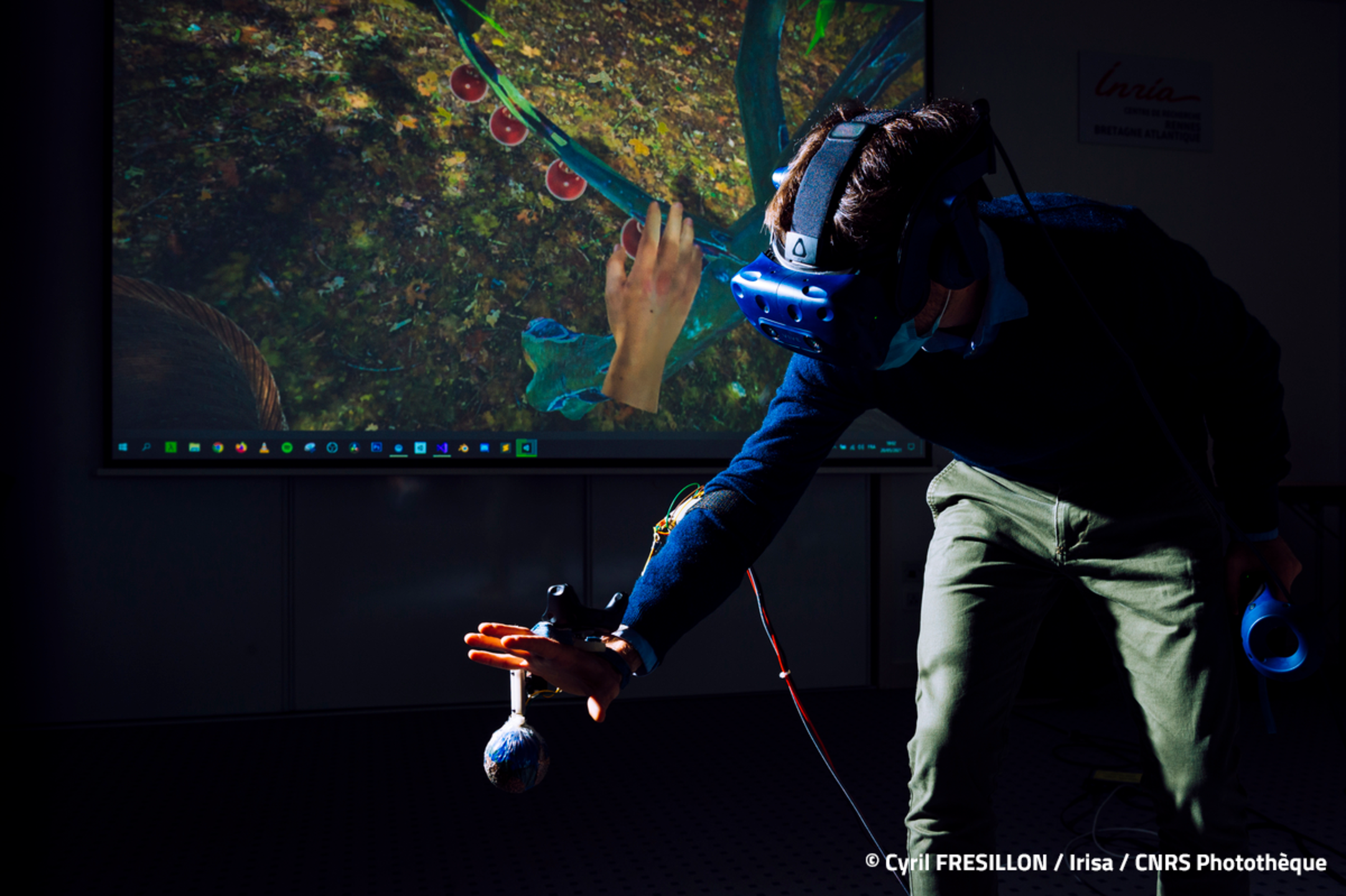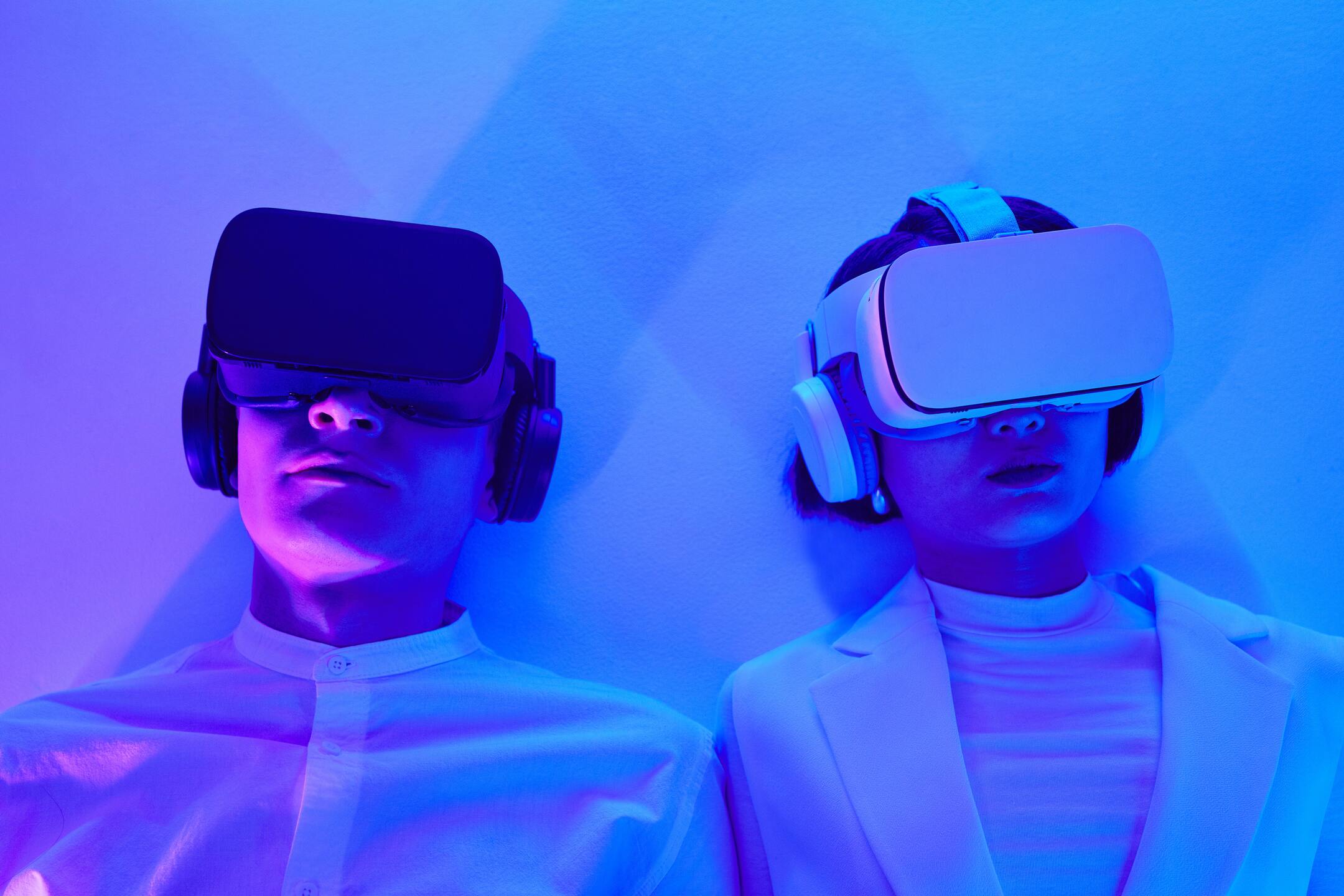
A METAVERSE FOR GOOD – REDUCING CONFLICT AND BUILDING EMPATHY IN VIRTUAL SPACES
GuestXR’s AI-driven "guest" monitors interactions in virtual meetings and intervenes to diffuse tensions, such as by using body-swapping techniques to help participants see situations from different perspectives.
Simona Neri’s journey into the metaverse was anything but traditional. With a background in chemistry and a doctorate in nanotechnology, Simona initially worked in industries far removed from virtual reality. However, life took her on an unexpected path, from event organisation to working with European projects. Today, she is the coordinator of the GuestXR project from Eurecat Technology Center, an initiative that leverages Virtual Reality (VR) and Artificial Intelligence (AI) to foster empathy and reduce conflicts in virtual environments.
“I never imagined I’d be coordinating a project in the metaverse”
“I never imagined I’d be coordinating a project in the metaverse, but my experience in multiple fields has helped me to connect ideas across industries, which is crucial for a project like GuestXR that combines technology, psychology, and social science,” Simona confesses.
GuestXR is not your typical VR project. While most virtual reality initiatives focus on entertainment or training, GuestXR aims to create a metaverse for good. Its primary goal is to develop a system that can reduce conflicts during virtual meetings by fostering empathy among participants. Central to this vision is the development of an AI agent, known as the “guest,” that monitors interactions and dynamically adjusts the virtual environment to mitigate tensions and promote understanding.

“Imagine being in a virtual meeting where the atmosphere becomes tense,” Simona explains. “The AI guest can detect these rising tensions and intervene. For example, if someone is speaking aggressively, the system might swap their virtual body with the person they are addressing, helping them to experience the conversation from the other person’s perspective. This kind of ‘body swapping’ can create empathy and help defuse conflicts before they escalate.”
The potential applications of GuestXR go beyond just virtual meetings. The project explores various scenarios, from helping individuals with hearing impairments better perceive spatial sound to engaging users in simulations that promote environmental responsibility. One such simulation tackles the “tragedy of the commons,” where participants are encouraged to care for shared virtual resources, like land, to instil a sense of responsibility for the environment. Simona is particularly excited about the technological innovations the team is developing.

“We’re integrating haptics into the VR experience,” she says. “For instance, users can wear sensors that vibrate in response to voices, helping them focus their attention on specific speakers in the virtual room. The idea is to create an immersive experience where users feel more connected to their surroundings and each other.”
But with innovation comes ethical challenges. GuestXR, by its very nature, deals with human emotions and behaviour, raising important questions about how these technologies could be used. “Our goal is to develop a system that fosters inclusion and reduces conflict, but we are fully aware that these same tools could be misused to manipulate or even exacerbate tensions. That’s why we have a strong focus on ethics throughout the project.”
The team has worked closely with psychologists and ethicists to ensure that the AI and VR systems they develop are safe and respectful of user autonomy. “We are constantly discussing the ethical implications,” Simona explains. “Every time we have a General Assembly, we dedicate time to analyse our case studies through an ethical lens, especially with the AI Act in mind. We want to make sure that what we’re building is aligned with the highest ethical standards.”

As with many research projects, GuestXR faces its fair share of challenges. International collaborations, especially during a time of geopolitical uncertainty, have added another layer of complexity. “Some of our partners are in countries where travel has been disrupted, making it harder to organise in-person meetings,” Simona notes. However, she remains optimistic, citing the team’s resilience and creativity in finding ways to stay connected and motivated despite these setbacks.
“It’s exciting to be part of something that could fundamentally change how we interact with each other in virtual spaces.”
The project is still in its early stages, and Simona believes there is vast potential for further research and development. “We are at the dawn of a new era of VR and AI integration,” she says. “What we’re doing now could be studied for decades to come. It’s exciting to be part of something that could fundamentally change how we interact with each other in virtual spaces.”
For Simona, the most rewarding part of the project is seeing how technology can make a real impact on people’s lives. “One of the things that really touches me is how the AI agent can help amplify the voices of those who are often overlooked,” she says. “If someone is shy or hesitant to speak in a meeting, the AI can recognise that and create an opportunity for them to contribute. It’s about making sure everyone feels included and heard.”
“The metaverse has so much potential to bring people together, we just have to make sure we use it wisely.”
As the GuestXR project continues to evolve, Simona remains focused on its long-term vision: a world where virtual reality not only entertains but also helps people understand and empathise with each other. “The metaverse has so much potential to bring people together,” she reflects. “We just have to make sure we use it wisely.”
In the coming years, GuestXR could not only change the way we meet and collaborate but also offer new solutions for inclusivity and conflict resolution in a world that is increasingly moving online.
